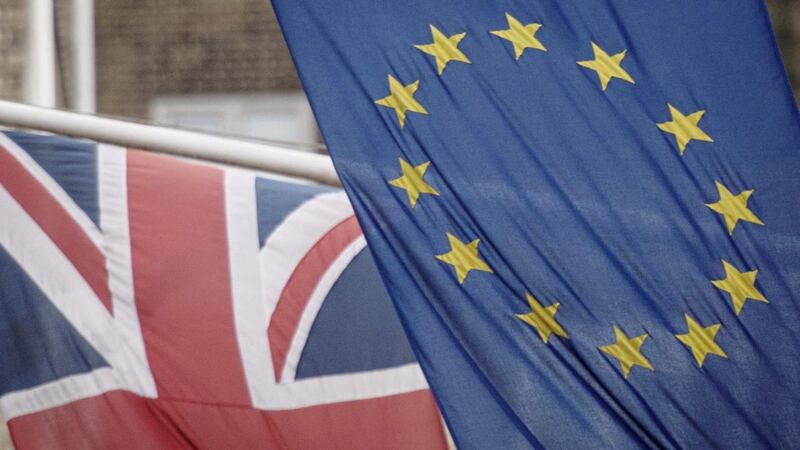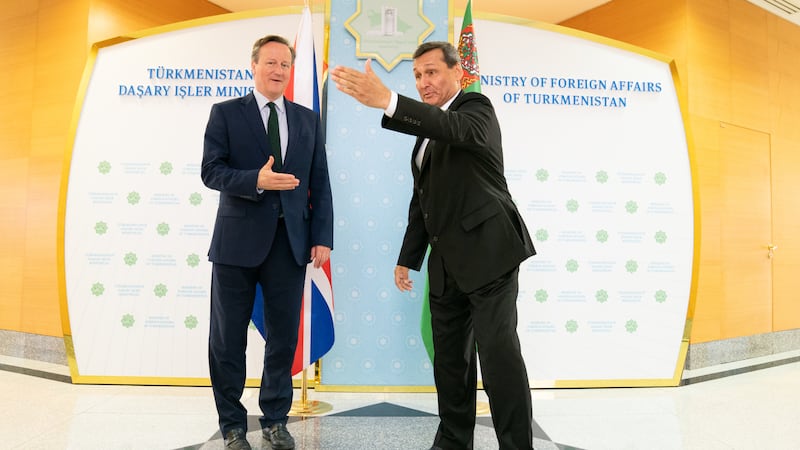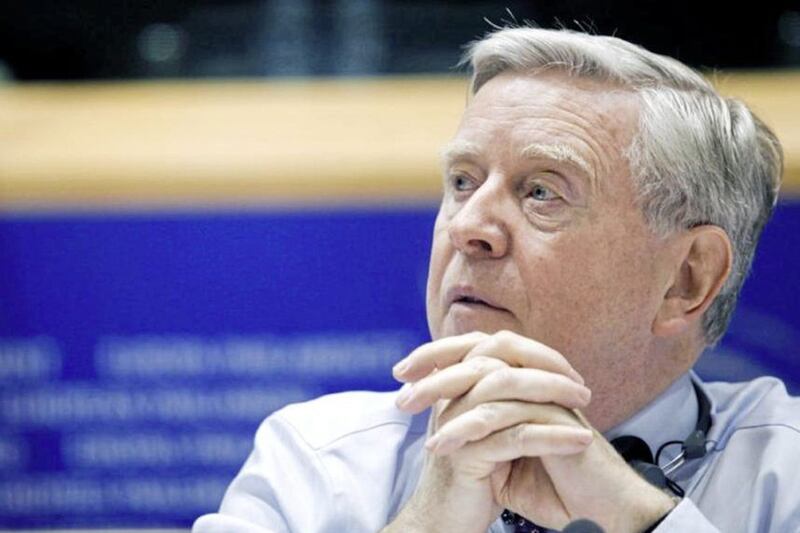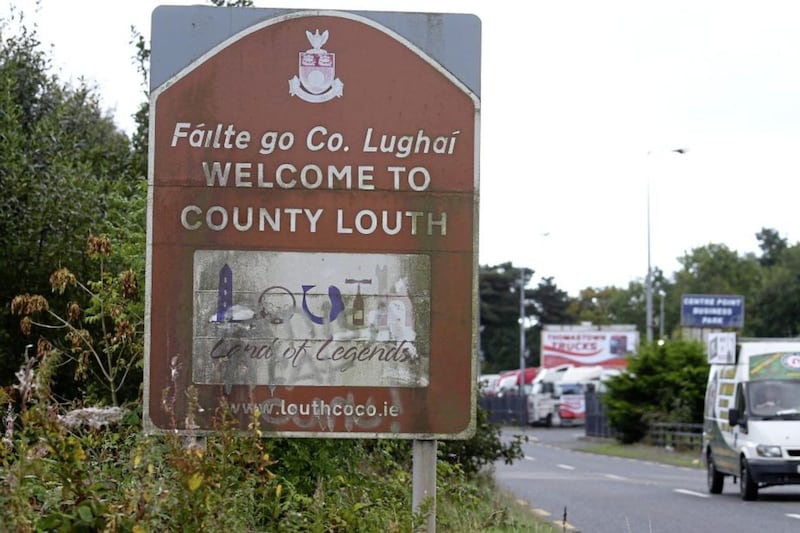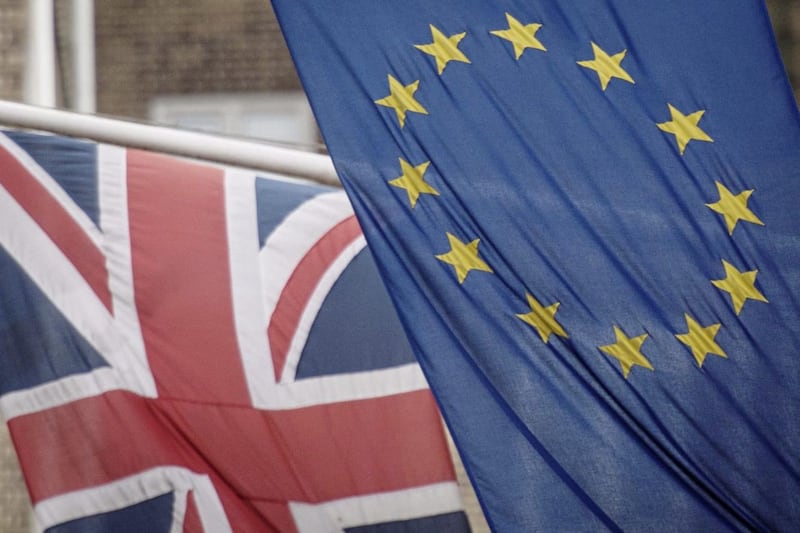One could be churlish and ask: "Is that the best you can muster after 14 months?" but perhaps we should be thankful that the north's post-Brexit fate is finally getting the attention it deserves from the British. Since June last year we've had uncertainty and speculation, jingoism and recrimination, but now we have something tangible, almost, to focus on.
The Whitehall paper includes no hard and fast solutions to the problems that lie ahead for the north, and Ireland as a whole. It at least maps out the context, however, highlighting the links between politics, identity and economics on the island and how they feed into Ireland's relations with Britain and the EU.
Unravelling these separate strands is problematic, which goes some way to explaining why so much of the document's 12,000-odd words are about creating a backdrop to the negotiations ahead. They spell out how we ended up here and what's at stake if there's an unfavourable outcome.
Related links
British Brexit plans greeted with scepticism in Borderland
Analysis: Position paper does little to ease business concerns
Theresa May writes for The Irish News: Brexit, the border and Irish citizenship
John Manley: Theresa May asks the right questions but we need answers
Theresa May will explore potential for post-Brexit peace funds targeting north
British government's Brexit position paper proposes no physical changes to border
Irish citizenship is your birthright, pledges Theresa May
Timeline: Theresa May's announcements on the border and Brexit
On paper, proposals for a free-flowing border, free movement east-to-west, and continued support for the Good Friday Agreement, appear not unreasonable and ostensibly could well satisfy most of the many different interests involved in the Brexit debate. However, agreeing how these abstract aspirations will work and applying them on the ground is a different matter, with consensus required not just across these islands but throughout a further 26 EU member states. Come March 2019, or at the end of the undefined 'transition period', the border arrangements may look very different from what is being proposed by Whitehall.Yet when you examine the outcome the UK desires, you can't help notice how has many parallels there are with what already exists within the EU, which despite being disparaged for its 'suprastate' ambitions, is essentially about accommodating hassle-free trade. Britain says it doesn't want barriers to trade imposed in Ireland or across the Irish Sea but unfortunately there's little immediate prospect of reversing last year's referendum result, which in the short-to-medium term at least is bound to limit its import and export capabilities.The Whitehall paper has been given a cautious welcome by the Republic's government, which in the absence of an executive is arguably the north's strongest voice on Brexit. Stormont's parties have reacted in typically partisan fashion, meaning nationalists and unionists risk identifying the respective advantages and flaws in the proposals for the sake of political point scoring.As many of those involved in this process point out, we are dealing with unprecedented circumstances and are living in unpredictable times, therefore to assume this document provides an accurate reflection of where Ireland might find itself be in two-five years would be naive.
